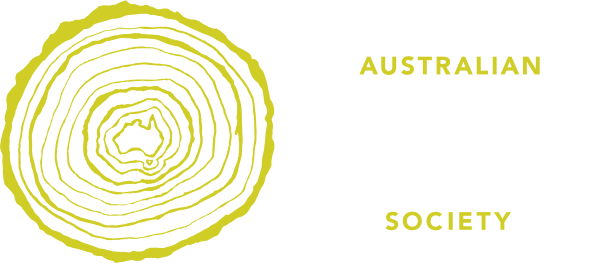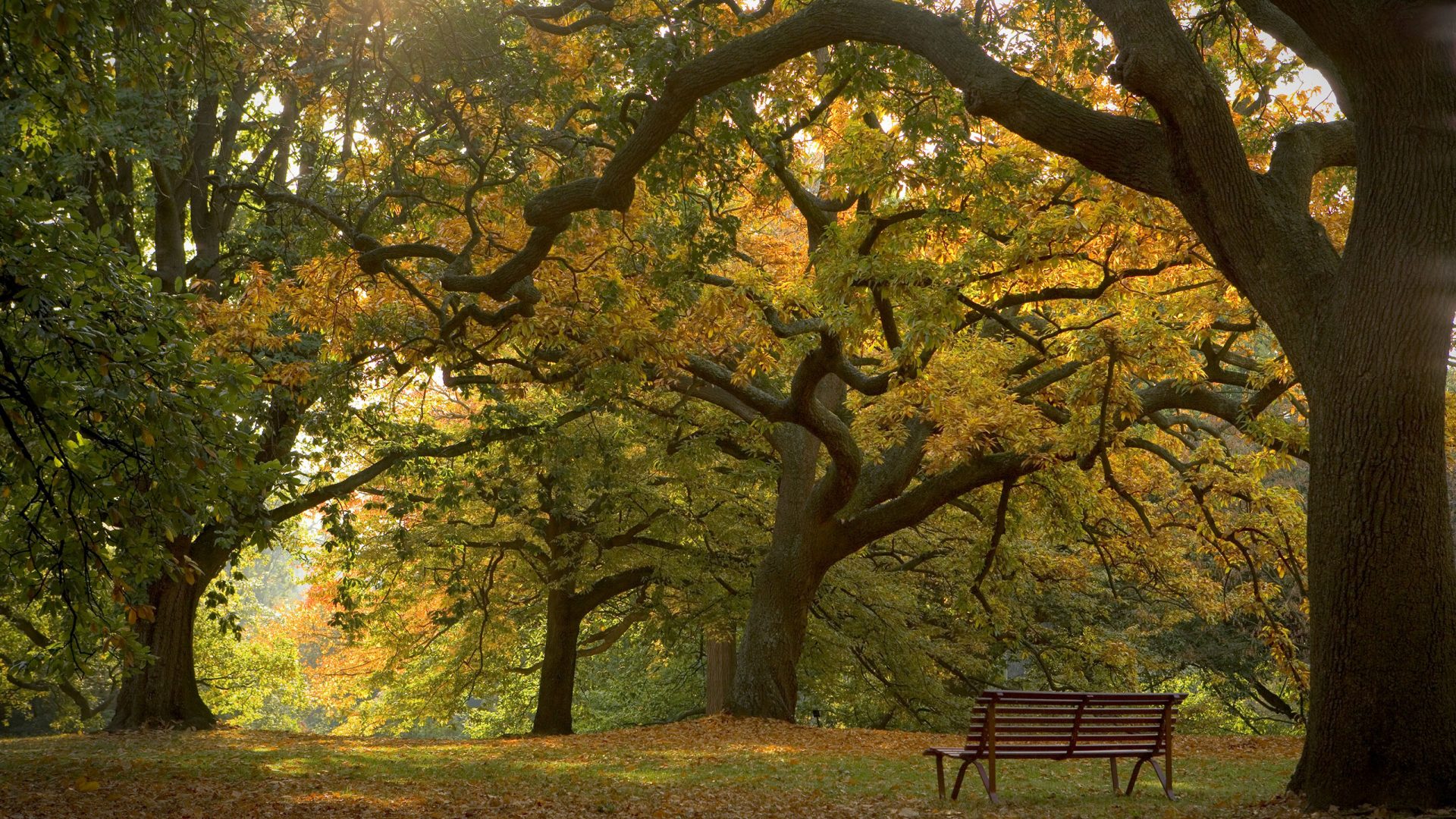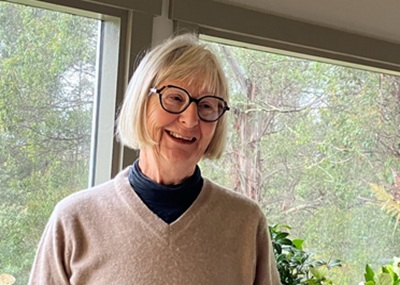Interview Recording
Interview Transcript
Sally Johannsohn interviewed on 28 August 2024 by Jean Elder
Synopsis
Sally Johannsohn’s Hobart home sits in a spectacular cool climate garden in the hills overlooking Hobart. Surrounded by a forest of Eucalyptus regnans, the garden has been developed over nearly four decades and celebrates the changing seasons through a diverse collection of plants from across the world.
Born in Ulverstone on the north-west coast of Tasmania, Sally grew up in a family of keen gardeners who established a rambling pleasure garden on their river edge property. Her Latvian born father was particularly interested in design and European trees. It is not surprising that these interests have followed Sally throughout an adventurous life of travel and horticulture where she has been able to observe plants growing in the wild.
Art was a preferred subject at school and after a variety of jobs – window dresser, hospitality, nursery work – Sally enrolled in formal studies at the School of Art in Hobart. During this time she became interested in floristry and was encouraged by Hobart florist Terry Bourke to attend the Constance Spry School of Floristry in London. A period working as a florist at Pulbrook and Gould in London followed.
Returning to Tasmania, Sally established the well-known Flower Barrow in both Launceston and Hobart. In Launceston the portable street-side stall with a bright striped canopy was an innovative concept which, at the time, challenged the local council authorities.
Sally’s commitment to plants has for many years extended far beyond floristry into the realm of plant and seed collection and nursery work. Frustrated with a limited selection of plants locally, Sally and a small hub of friends have collected and swapped seeds and plants across the world. In the early 2000s she established a specialist collectors nursery Plant Hunters at her Neika home. Her garden continues to attract visiting international horticulturists and plant enthusiasts, many of whom she has visited in turn at their own nurseries and gardens.
The interview reveals Sally’s wealth of horticultural knowledge and her use of microclimates – a sunny garden, a picking garden, a shady garden, a water garden. All of this is built on her own garden philosophy as an experimental space filled with curves, contrasts and vibrant layers of colourful plants, both native and exotic and which, importantly, provides habitat for native birds.


